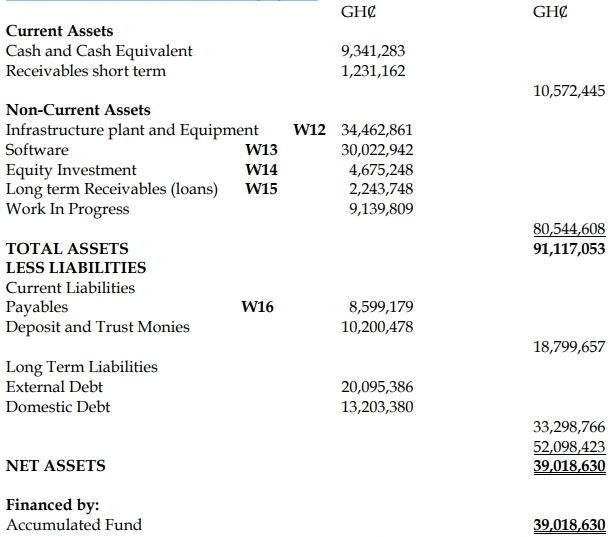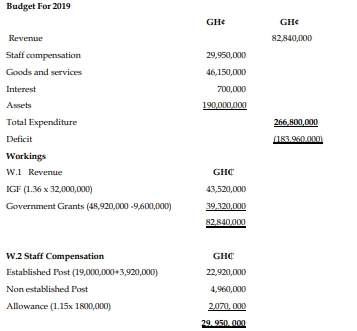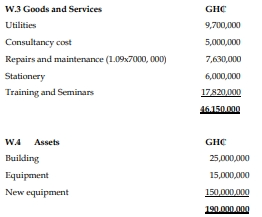- 6 Marks
Question
Zero-based budgeting attempts to improve upon incremental type of budgeting, which is perceived to carry over inefficiencies from previous periods. It allows for budget reductions and permits the re-allocation of resources from low to high priority programs. Critics are of the opinion that such an approach or process of budgeting can be cumbersome in its execution.
Required:
Identify and explain THREE steps in the preparation of Zero-Based Budget. (6 marks)
Answer
The steps in the preparation of a Zero-Based Budget include:
- Identification of Decision Units:
- Explanation: Each cost center or unit is identified as a decision unit. These units are the basic elements that carry out specific activities or functions. A decision unit can be a department, section, or any operational entity within the organization that incurs costs.
- Preparation of Decision Packages:
- Explanation: A decision package is created for each decision unit. This package includes a detailed analysis of each activity, its objectives, and the costs associated with it. The decision package also outlines the benefits and consequences of funding the activity at different levels (e.g., existing level, reduced level, or enhanced level).
- Ranking and Prioritization of Decision Packages:
- Explanation: The decision packages are ranked in order of priority based on their importance to the organization’s goals. This ranking helps in allocating resources effectively, ensuring that high-priority activities receive the necessary funding while low-priority activities may be reduced or eliminated.
(6 marks)
- Topic: Budgetary control
- Series: MAY 2017
- Uploader: Dotse



